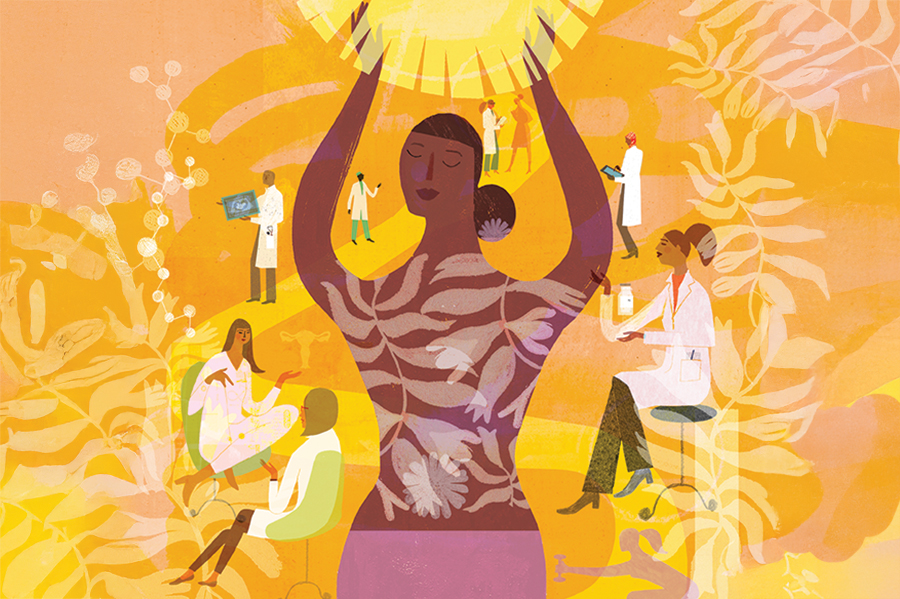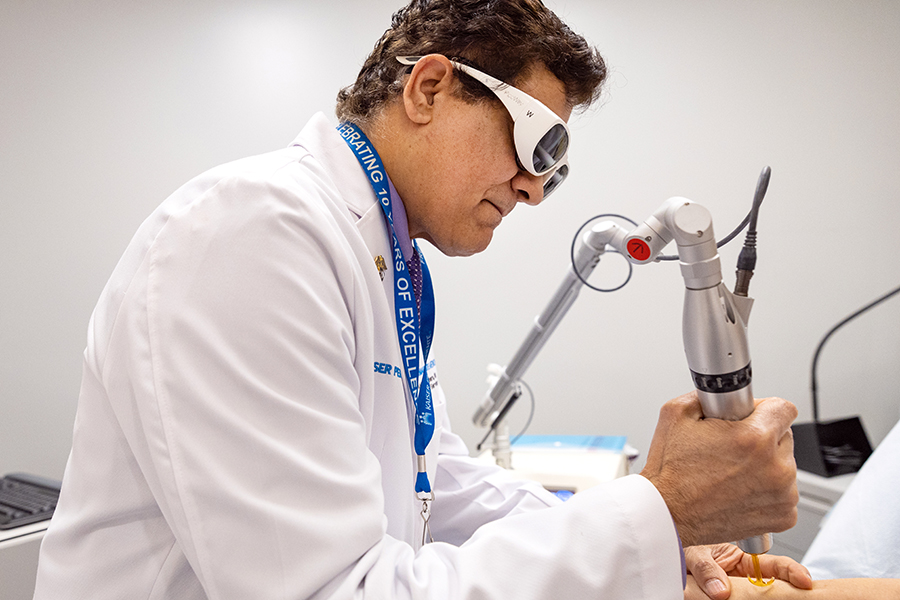Everyday Health –August 28, 2017
Thinking of becoming a vegetarian? If so, you have a good chance of doing your body — not to mention the environment and animal rights efforts — some good.
Thinking of going meat-free? These tips will get you started smarter.
No, you don’t need to stock your freezer with fake meat. Yes, you do need to think about extra sources of things like iron and omega-3 fatty acids.
“A plant-based diet can reduce your risk of diabetes, lower blood pressure, lower cholesterol, lower your risk for heart disease and stroke, and may lower the risks of colon, breast, prostate, and other cancers,” says Rajiv Misquitta, MD, a doctor of internal medicine at Kaiser Permanente in Sacramento, California, and coauthor of Healthy Heart, Healthy Planet: Delicious Plant-Based Recipes and Tips to Reduce Heart Disease, Lose Weight, and Preserve the Environment.
But it can also be a tough and confusing switch to make. You’re not going to get the health benefits of going all-veg if you replace chicken and beef with sugary desserts, French fries, and extra cheese. It’s the higher intakes of fruits, vegetables, nuts, and soy products — which tend to be higher in fiber and phytochemicals — that do your body good, according to the American Dietetic Association.
So how do you do it the right way? Here’s what Dr. Misquitta — who himself has cut all animal products from his diet — and other experts say:
1. Don’t Go Cold Tofurky
Giving up meat is more easily achieved if you take it slow, Misquitta says. He suggests starting by preparing one meal per day without meat, then up that to eating vegetarian for a full day each week, in addition to eating vegetarian for at least one meal on the other days. Once you’re comfortable with those changes, increase the number of meals per week you’re cutting out meat. “The first few weeks will be the most challenging. But after a couple of months without meat, many of those cravings disappear,” Misquitta says.
2. Pump (Up) Some Iron
Getting iron that is easy for our bodies to absorb is harder for vegetarians, since a lot of that iron is found in meat (“heme iron”), says Debbie Petitpain, RDN, of Sodexo at the Medical University of South Carolina in Charleston. Non-meat sources of iron (“non-heme iron”) include legumes, dark green leafy vegetables, eggs, and sunflower and pumpkin seeds, plus fortified foods and some grains.
But because the body doesn’t absorb non-heme iron (the only type veggie-only eaters are getting) as well, vegetarians need to get even more of it than the typical recommendation for people eating meat. Men who are vegetarians should get at least 14.4 milligrams (mg) of iron a day and women should get 32.4 mg.
“You can also increase how much iron you’re getting by cooking with cast-iron pans, and adding sources of vitamin C, which aids in iron uptake,” Petipain says.
3. Don’t Forget About Omega-3s
If you’re cutting out fish, along with poultry and meat, you may also be missing out on essential omega-3 fatty acids, which are important for heart health. Turn to plant sources of omega-3s, Petitpain says, which include flaxseeds, chia seeds, walnuts, canola oil, hemp, soy, and seaweed. Men need 1.6 grams (g) of omega-3s a day and women need 1.1 g.
Also, the more you can vary your sources of omega-3s the better, since different foods have different fatty acid chains that are all good for health. Keep in mind that, just like iron, plant sources of omega-3s are less potent than the marine sources because they have to go through an extra conversion step before your body can reap the benefits. So, the more you can get, the better!
4. Skip the Junk Food
A study published in July 2017 in the Journal of the American College of Cardiology concluded that overall a vegetarian diet is better for your heart than a diet that includes meat — but the opposite is true if your non-meat meals still rely too heavily on less-healthy foods, including juices, sugary drinks, refined grains (white bread, rice, and pasta), potatoes, and sweets.
“Refined grains quickly boost your blood sugar levels, which can increase insulin resistance and put you at risk for diabetes,” Misquitta says. He suggests turning instead to whole grains whenever possible, like steel-cut oats, brown rice, whole wheat, berries, and spelt. Also be mindful not to fill up on sweets and sugary drinks.
5. Don’t Panic About Protein
“But you need protein!” If you’re hearing this from naysaying friends and family, you can likely dismiss the concern if you’re eating a well-rounded roster of fruits, vegetables, legumes, nuts, dairy, and whole grains. “Protein is present in all whole plant-based foods, particularly in lentils, beans, eggs, seeds, nuts, soy products (including soy milk, edamame, and tofu), quinoa, broccoli, oats, and grains,” Misquitta says.
Daily protein requirements vary by age and weight, but for most adults, men need approximately 56 g of protein every day and women need 46 g. Want to know your personalized recommendation? For a healthy adult, the DRI (dietary reference intake) for protein is 0.8 g per kilogram of body weight (or 0.36 g per pound) each day. For example, if you weigh 150 pounds, this would be 54 g of protein each day.
6. Experiment With Different Cuisines
If you’re afraid to branch out, you’ll get bored, Petitpain says. “There’s a variety of world cuisines that are plant-based. Ethiopian wat (chickpeas and peas), Indian aloo gobi (cauliflower and potato), and Thai kaeng kari (yellow curry) all combine earthy flavors, creamy textures, or bright colors to spice up dinner.”
7. Don’t Overdo It on Faux Meat
Supermarkets are filled with meat-free substitutes, like veggie burgers and faux bacon. But not all foods labeled “vegetarian” are nutritious, says Neal Malik, MPH, RDN, doctor of public health and leader of the master of science in nutrition for wellness program at Bastyr University in San Diego. “Many are highly processed and contain a laundry list of additives and preservatives.”
Check labels and choose foods with five ingredients or less, or at least be sure the majority of items on the list are foods, not chemicals, Malik recommends.
8. Say Yes to Soy
Heard something negative about soy and soy products? Most people have nothing to fear about consuming soy, Malik says. “Soy is one of the few plant-based proteins that are readily absorbed and utilized by the body. It’s also a complete protein, meaning it contains all of the essential amino acids — the building blocks of protein — to support the body’s functions. Soy is also naturally lean — low in saturated fat and high in heart-healthy polyunsaturated fat.” Bring on the tofu!
9. Ask Questions
There’s no one-size-fits-all vegetarian diet, says Lauren Cohely, RDN, CDE, a PhD candidate and researcher in nutrition and cardiometabolic health at the University of Georgia in Athens. When you have questions, don’t be afraid to seek advice from your doctor, an RD, or other reputable sources, like the Academy of Nutrition and Dietetics, the USDA, or The Vegetarian Resource Group.
It’s critical that no matter what your diet looks like, it fits your body’s needs — which vary for everyone based on things like height, weight, sex, activity level, and lifestyle.
This article originally appeared in Everyday Health






